Water SHORTAGE
Crops need water to grow and produce yield. Well-considered use of available water resources is increasingly important, particularly for horticulturalists who produce highly valued crops. In times of water scarcity, treated wastewater from domestic use and food companies may offer a valid alternative. Reuse of treated wastewater can be considered a reliable water supply, relatively independent of seasonal droughts and weather variability and potentially being available to cover peaks in water demand. But how can we organize the connection between supply and demand, and what do we need to take into account?
Multi-scale solutions for demand and supply
Within the project, we developed a dedicated web-based viewer to locate demand and supply. The supply of alternative water sources is mapped and linked to the regional water demand in an online brokerage platform 'WaterRadar'. All the information available makes it possible to connect water demand to supply.
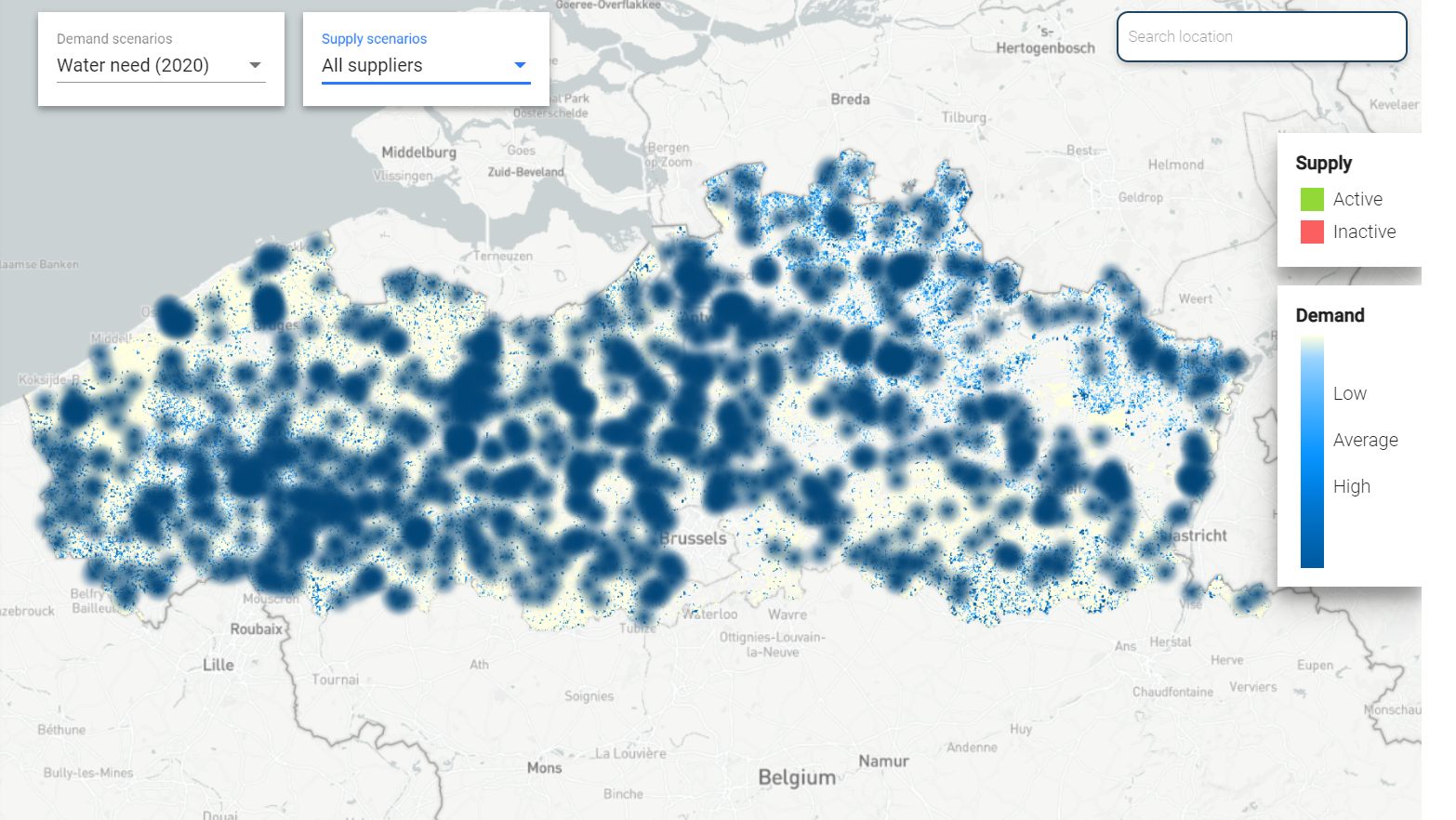 Figure 1: Supply and demand visualized in the online brokerage platform WaterRadar.
Figure 1: Supply and demand visualized in the online brokerage platform WaterRadar.
Water supply: effluent to the rescue
Two types of effluent are considered: municipal and industrial effluent. The platform provides information on location, contact details, minimum daily discharges and chloride concentrations as an indication of salt content. On the one hand, water providers can have a closer look at which type of agriculture and potentially irrigated fields are located in a search radius around their facility.
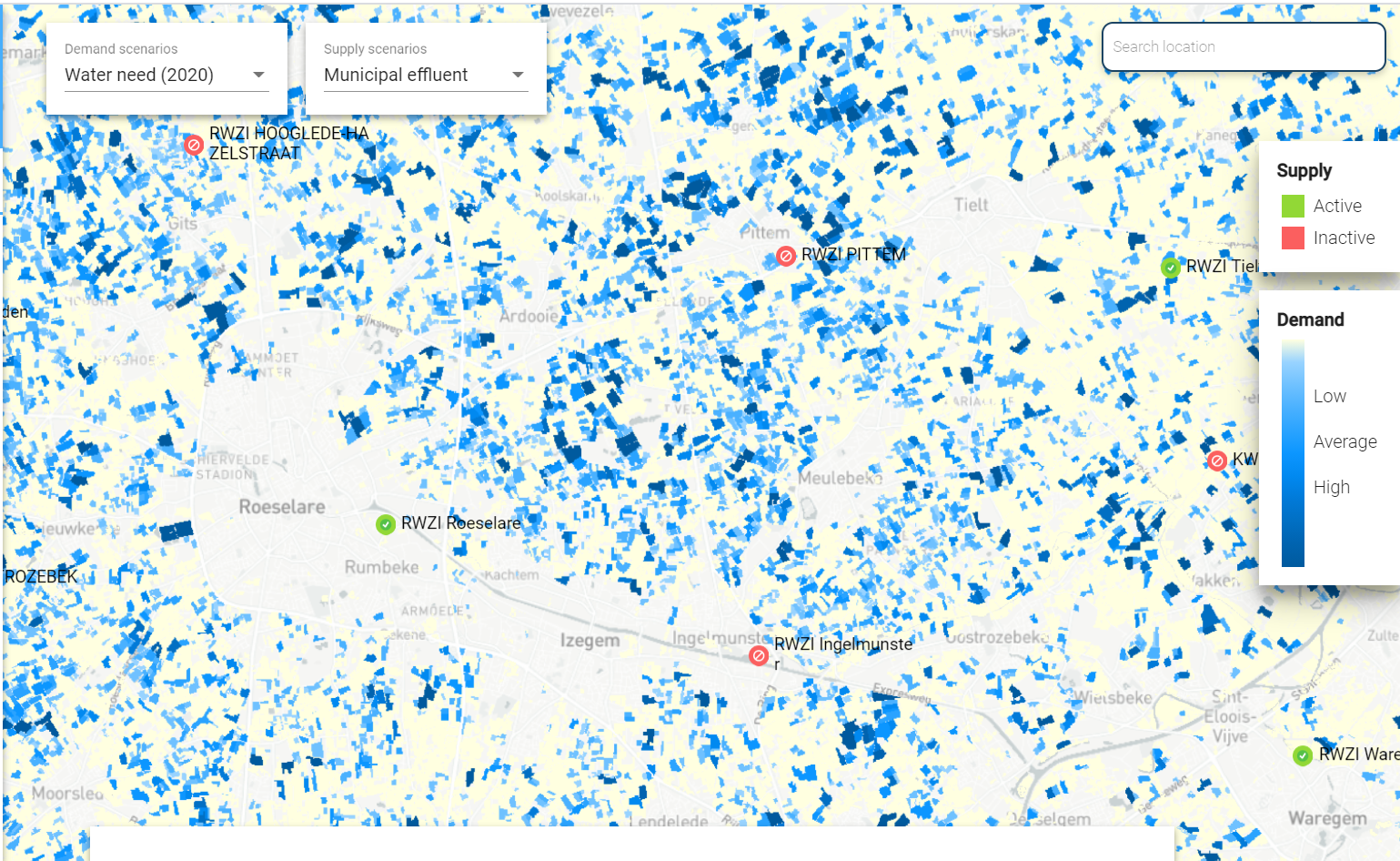 Figure 2: Location of municipal effluent plants. Locations marked in green are ready to supply water.
Figure 2: Location of municipal effluent plants. Locations marked in green are ready to supply water.
Water demand
On the other hand, the platform supports farmers to explore the possibilities of finding suitable water supply in the vicinity of their fields. Depending on the field size and crop, an indicative irrigation need for the entire season is provided in the information box and potential water suppliers are listed in a search radius around the field.
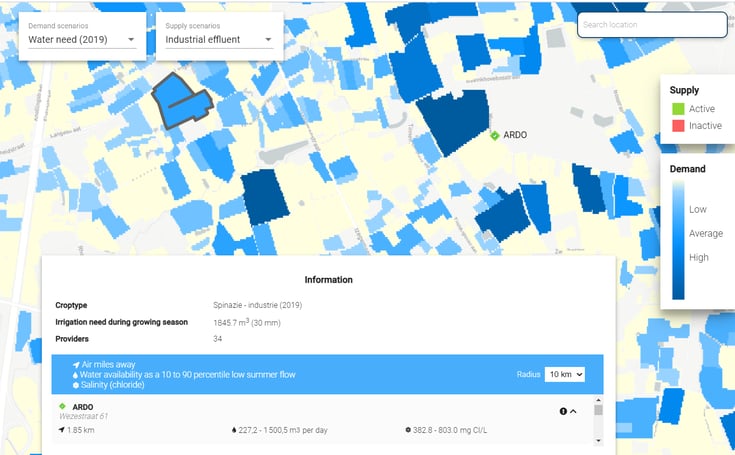 Figure 3: Field location, water providers and indicative irrigation need for the next season.
Figure 3: Field location, water providers and indicative irrigation need for the next season.
Smart use: When, where, which water?
Smart water use at the field scale is imperative to bridge dry spells and combat drought. Supplementary irrigation adds small amounts of water to 'replace' rainfall for crops during dry periods. Supplementary irrigation deals with moisture stress and guarantees crop yields, but timeliness of application is crucial. If there are bans on using surface and groundwater for irrigation then effluent water from municipal waste water treatment plants or food processing companies becomes a viable alternative – but then water quality may become an issue.
Water quality poses a serious challenge in addition to water availability. Municipal effluent may contain high bacterial concentrations and therefore needs to be handled with care.
Industrial effluent from food processing companies may contain higher than normal salt concentrations, meaning that sufficient fresh water mixing should be carried out.
In general, leafy vegetables are more sensitive to slightly saline water than tuber and cabbage crops.
Ongoing irrigation trials with various types of treated wastewater are being carried out to establish the impact on yield and quality of cauliflower, spinach and early potato. The trials are managed in highly controlled and monitored experimental fields. The long-term effects of wastewater on soil quality are also under investigation.
The timeliness of irrigation application is monitored in farmers’ fields. We combine soil moisture sensors, Copernicus Sentinel-2 satellite images, weather information and crop growth modelling to quantify supplementary irrigation needs and optimise productivity. Intensive campaigns are on-going to calibrate the crop model for early potato, spinach and cauliflower fields.
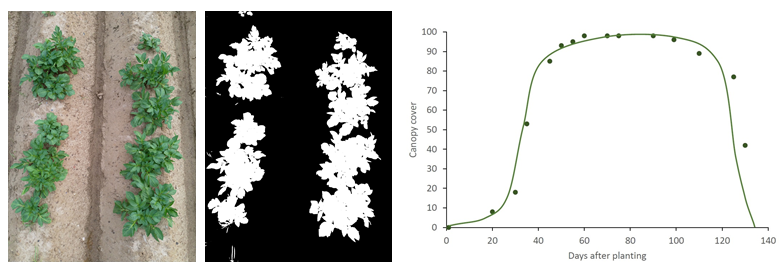 Figure 4: Field monitoring and temporal development of crop canopy cover, measured (•) and simulated (-).
Figure 4: Field monitoring and temporal development of crop canopy cover, measured (•) and simulated (-).
Farmers can also look for alternative water sources in the vicinity of their fields using a dedicated dashboard in the WatchITgrow© application. Crop growth and development can be monitored with Copernicus satellite data. Based on crop monitoring, temperature and rainfall information, farmers can decide to administer supplementary irrigation to boost the moisture status of their field.
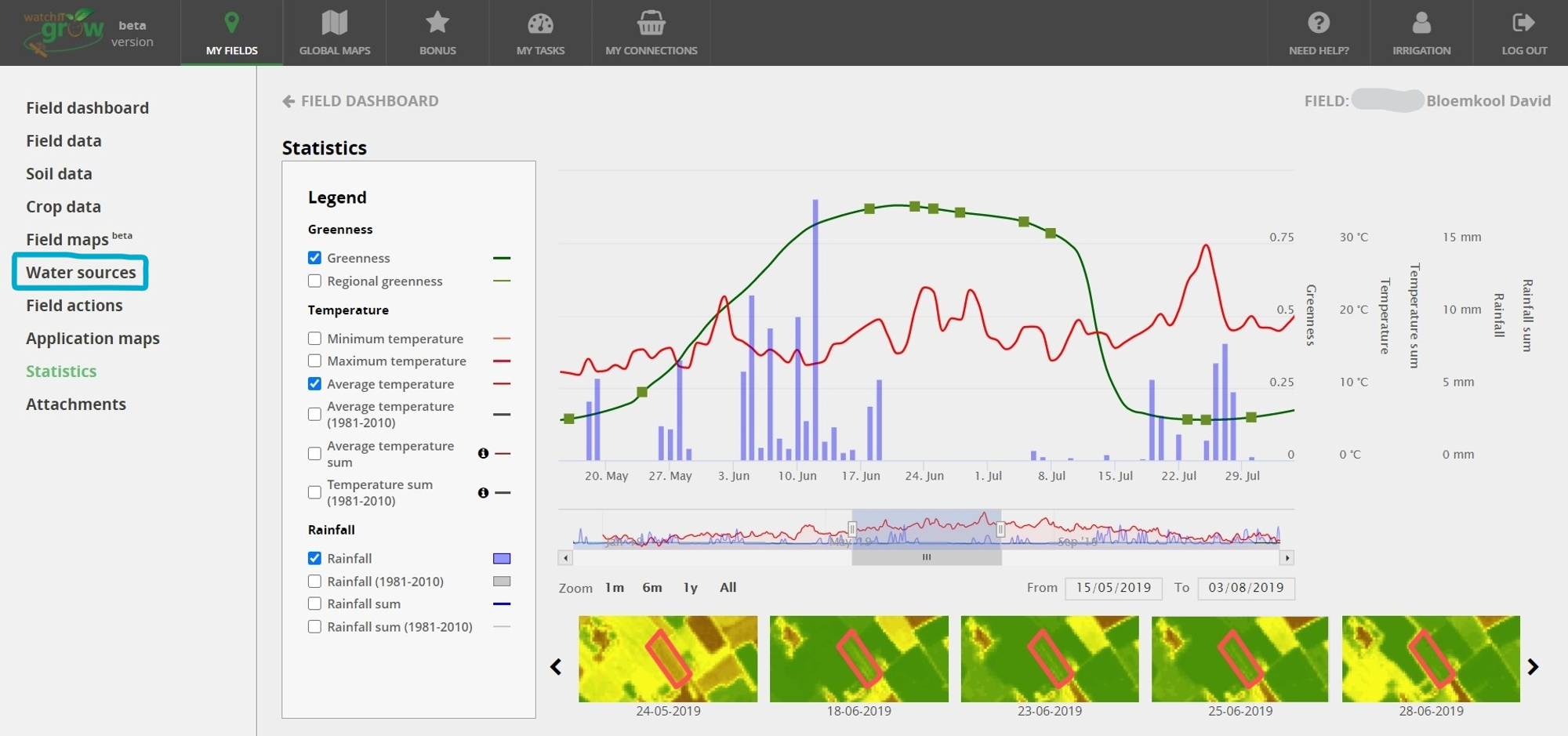 Figure 5: The WatchITgrow© application for cauliflower using satellite information to monitor crop growth and providing a dedicated dashboard for locating alternative water sources.
Figure 5: The WatchITgrow© application for cauliflower using satellite information to monitor crop growth and providing a dedicated dashboard for locating alternative water sources.
More information is available on waterradar.be.
The project 'Irrigation 2.0: when where which water?' started on October 1, 2018 and has a total duration of 4 years. Inagro coordinates the project and cooperates with the Institute for Agricultural, Fisheries and Food Research (ILVO) and the Flemish Institute for Technological Research (VITO). The research is funded by the Agency for Innovation and Entrepreneurship (VLAIO) and is co-financed by Aquafin, VeGeBe, Boerenbond and ABS.



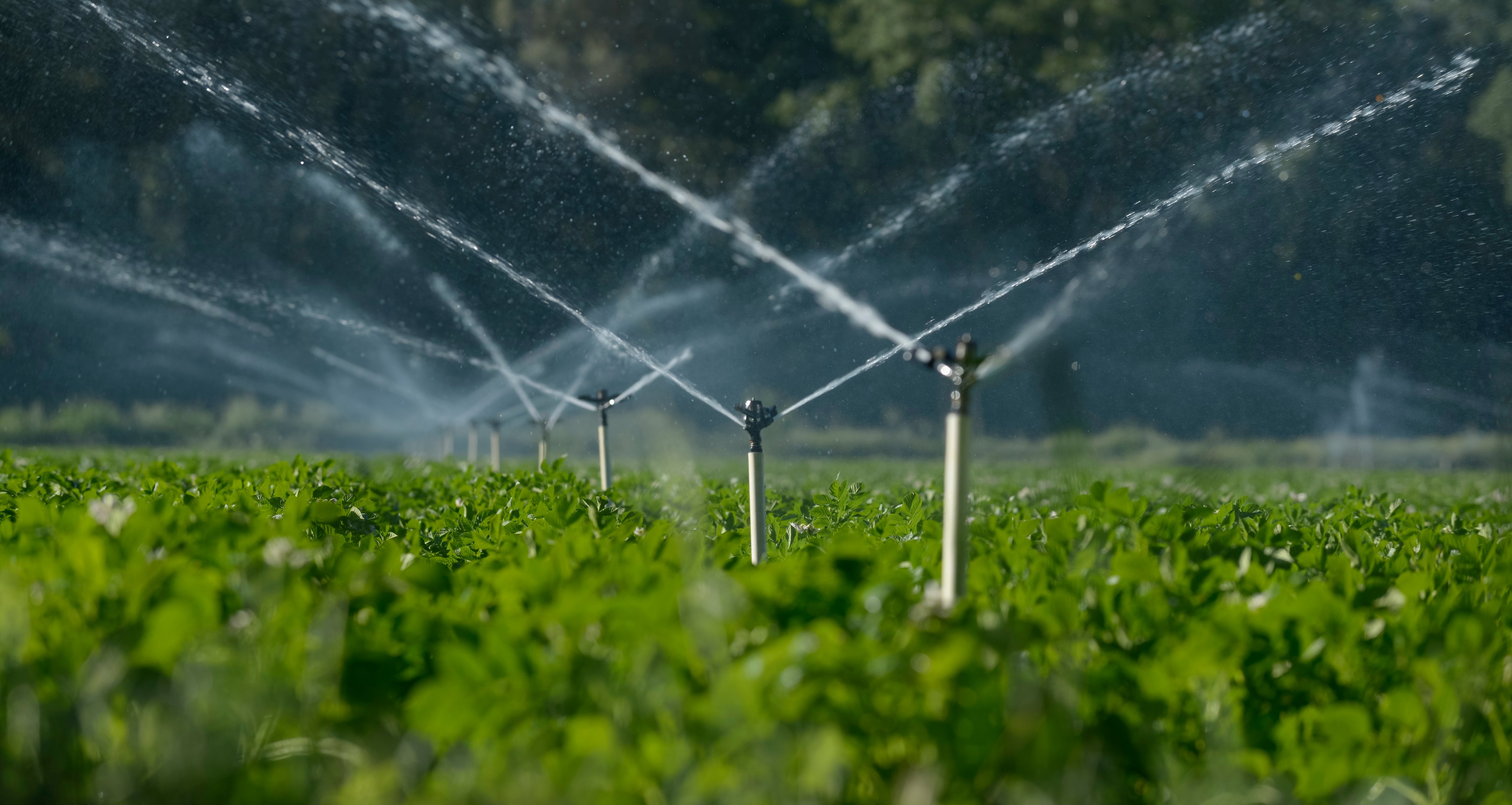
/Blog_WorldCereal_1200x650.png)
/lewis-latham-0huRqQjz81A-unsplash.jpg)
/background_image_blog.jpg)